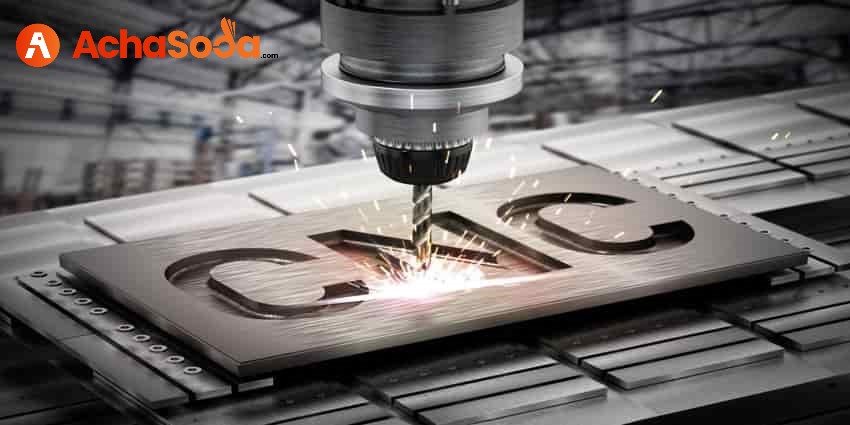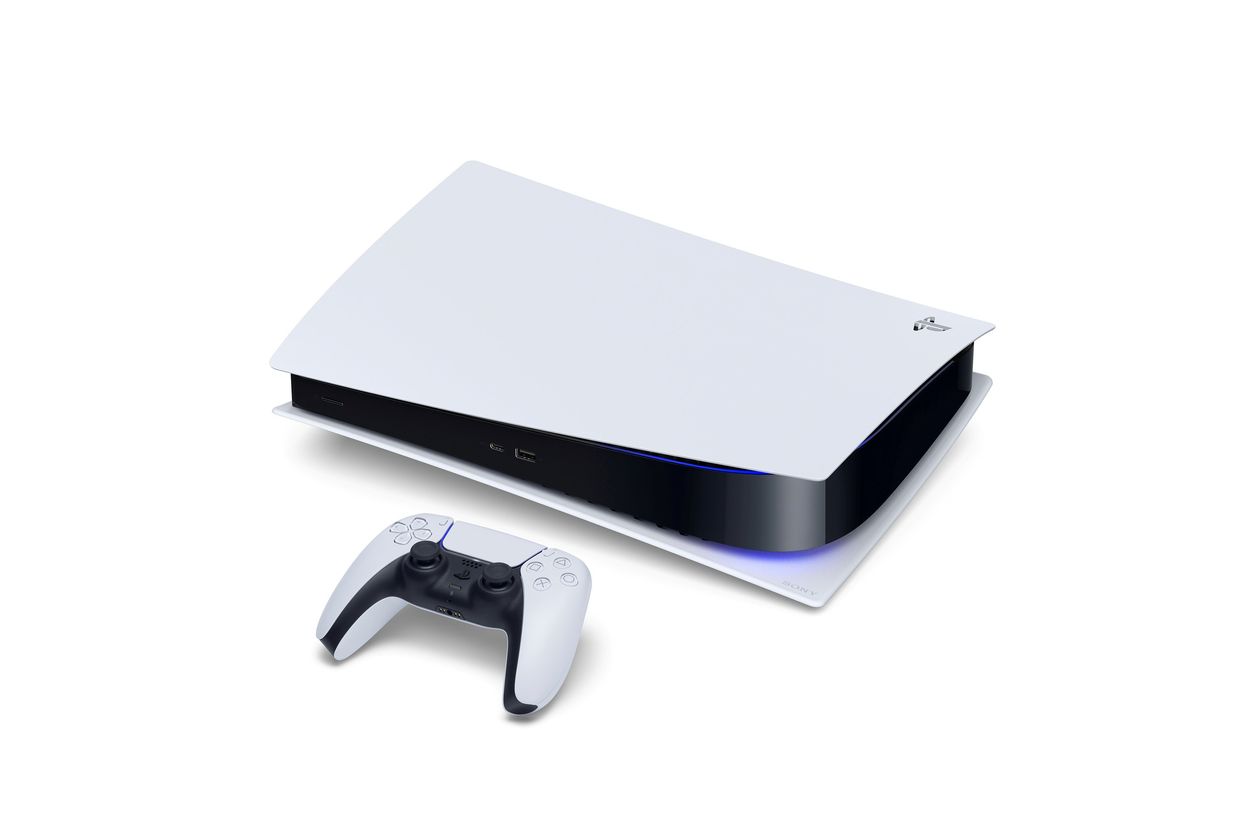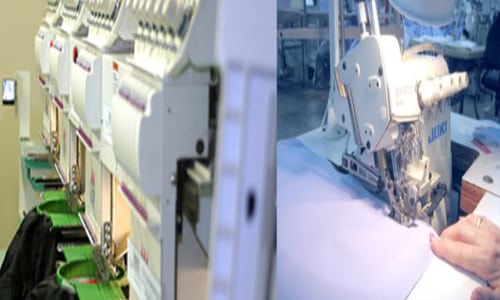
CNC machinery is the most commonly used term in manufacturing and industrial System, but what exactly is the CNC abbreviation for and what is a CNC machine?
Definition of CNC Machinery
The term CNC stands for ‘computer numerical control’, the definition of a CNC machine or CNC machinery is that it represents a real structured machine capable of performing CNC machining operations independently. Speaking of CNC machining, CNC machining is a complex manufacturing process that often uses computer controls and machine tools to remove layers of material from a stock known as empty or functional and produces a custom-made component. The process is suitable for a wide range of materials, including wood, plastics, foam, glass, metals, and composites, and is widely used in various industries, such as large CNC machining systems and CNC parts for aerospace machinery.
Subtractive production processes, such as CNC machining, are often presented in contrast to additive production processes, such as 3D printing, or formative production processes, such as shaping liquid injection molding. While extraction processes remove layers of material from the workpiece to create custom shapes and designs, add-ons processes add layers of material to produce the desired form and formative processes deform and remove the stock material in the desired form. The automation of CNC machining enables high precision and high precision production, simple components and cost-effectiveness when achieving single runs and medium volume production. However, while CNC machining shows certain advantages over other manufacturing processes, the degree of complexity and intricacy achieved in component manufacturing and the cost efficiency of manufacturing complex components are limited.
While each type of production process has its advantages and disadvantages, this article focuses on the process of CNC machinery, explaining the basics of the process, and the various features and uses of CNC machinery (sometimes anonymously known as machine C and C). In addition, this article examines the various functions of CNC machinery and provides alternatives to the CNC machining process.
CNC Machining Process
With the advent of a numerical control system (NC) using tape cards, CNC machining is a manufacturing process that uses computer controls to operate and use machines and cutting tools to shape stock goods - e.g., metal, plastic, wood, foam, composite, etc. While the CNC machining process offers a variety of skills and functionality, the basic principles of the procedure remain very similar in all. The basic process of CNC machining includes the following categories:
• Designing a CAD model
• Convert CAD file to CNC program
• CNC machine preparation
• Execution of machining operation
The CAD Model
The CNC machining process begins with the construction of a 2D or 3D CAD design either in-house or by a CAD/CAM design service company. Computer-aided design (CAD) allows designers and manufacturers to model or rendering parts and their products as well as the necessary technical details, such as dimensions and geometry of the part or product production.
The designs of CNC machine parts are limited by the capability (or inability) of the CNC machine and CNC machine tool. For example, most of the CNC machine tools are round so the geometric parts that can occur with the CNC machine process are limited as the use of tools creates corner curved sections. In addition, material properties, the design of tools, and work holding capabilities of the machine continue to limit design possibilities, such as the minimum thickness of a part, the maximum size of a large part, and the installation and complexity of internal spaces and features.
Once the CAD construction is complete, the designer sends it to a CNC-compatible file format, such as STEP or IGES.
CAD File Conversion
The CAD format design file is run through a program, commonly computer-aided manufacturing (CAM) software, to extract the geometry of the component and generating a digital program code that will control the CNC machine and control tooling to produce a custom-designed part.
CNC machines use many programming languages, including G-code and M-code, the most common languages of CNC programs, the general or geometric code, called G-code, controls when, where, and how the machine tools move for example, When to turn on or off, how fast to go somewhere, what routes to take, etc. across the work. A separate operating code, called M-code, governs the auxiliary functions of the machine, such as automatic removal and replacement of the machine cover at the beginning and end of production, respectively.
Once the CNC program is created, the operator uploads it to the CNC machine.
Machine Setup
Before operators can use the CNC program, they must prepare the CNC machine for operation. These arrangements include attaching the equipment directly to the machine, onto machinery spindles, or into machine vises or similar work-holding equipment, and attaching the necessary tools, such as drill bits and end tools, to the appropriate machine parts.
Once the machine is fully set up, the operator can launch the CNC program.
Performing Machining Operation
The CNC program serves as the instruction set for the CNC machine; it sends machine commands that control the actions and movements of the tools to the machine's integrated computer, which operates and controls the operation of the machine tool. Launching the program enables the CNC machine to begin the CNC machining process, and the program directs the machine throughout the process as it performs the mechanical functions required to produce a custom-built component or product.
CNC machining procedures can be performed in-house if the company invests in acquiring and maintaining its CNC equipment or is sent to dedicated CNC service providers.
Summary
Listed above are the basics of the CNC machining process, the various functions of CNC machining and their required equipment, and other considerations that can be considered by manufacturers and hardware stores when deciding whether CNC machining is the most appropriate solution for their System.
For more information on local commercial and industrial suppliers of CNC machines and equipment, visit AchaSoda.com the leading B2B E-commerce Platform, where you will find information on more than 30,000 commercial and industrial vendors.








